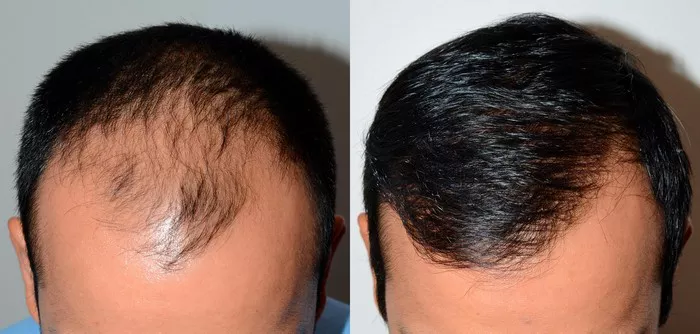Undergoing a hair transplant is a life-changing decision, and once the procedure is complete, many individuals wonder when they can return to their normal hair care routine, including dyeing their hair. In this comprehensive guide, we will address the important question: “How long after a hair transplant can I dye my hair?” We’ll provide you with expert insights and considerations for safely resuming hair coloring after your transplant.
1. Understanding the Healing Process After a Hair Transplant
Before we explore when it’s safe to dye your hair post-transplant, it’s essential to understand the healing process your scalp goes through:
a. Initial Recovery Period: Immediately after a hair transplant, you’ll experience some scabbing, redness, and mild discomfort. These are part of the natural healing process and typically subside within a few days.
b. First Few Weeks: In the first few weeks, your transplanted hair grafts are still establishing themselves. During this time, it’s crucial to follow post-operative care instructions diligently.
2. The Timeline for Dyeing Your Hair After a Hair Transplant
When it comes to coloring your hair following a hair transplant, timing is critical. Here’s a breakdown of the timeline:
a. Consult Your Surgeon: The first and most important step is to consult your hair transplant surgeon. They will assess your specific case and provide personalized recommendations.
b. Immediate Post-Op Period: In the immediate post-operative period (typically within the first two weeks), it’s generally not advised to dye your hair. Your scalp needs time to heal, and any harsh chemicals may disrupt this process.
c. Weeks 2-4: After the initial healing phase, some patients may be given the green light to use hair dye under strict supervision and with specific instructions. However, most surgeons recommend waiting for at least two to four weeks.
d. Around Week 6-8: Around six to eight weeks post-transplant, many individuals receive clearance to resume hair coloring. At this point, the grafts have usually taken root, and the scalp is less sensitive.
e. Individual Variations: It’s important to note that the timing can vary depending on your specific case, so always follow your surgeon’s advice.
See Also: [Revealed!] How Long to Take Medication After Hair Transplant?
3. Precautions and Tips for Hair Dye After a Hair Transplant
When you’re ready to dye your hair after a hair transplant, there are precautions and tips to consider:
a. Choose Gentle Hair Dyes: Opt for ammonia-free and hypoallergenic hair dyes, which are less likely to irritate your sensitive scalp.
b. Patch Test: Perform a patch test to ensure you don’t have an adverse reaction to the hair dye.
c. Avoid Harsh Chemicals: Stay away from hair dyes with harsh chemicals and excessive peroxide, as they can damage your transplanted hair.
d. Consult Your Surgeon: Before applying hair dye, consult your surgeon for final clearance and any additional instructions.
4. Maintaining Hair Health After Coloring
Once you’ve resumed hair dyeing, it’s important to maintain the health of your transplanted hair:
a. Gentle Hair Care: Use mild shampoos and conditioners to ensure your hair and scalp remain healthy.
b. Hydration and Nutrition: Stay well-hydrated and maintain a balanced diet to support the overall health of your hair.
c. Regular Check-Ups: Continue with regular follow-up appointments with your surgeon to monitor the progress of your hair transplant.
5. Recognizing Individual Variations
It’s crucial to understand that individual variations exist in the post-transplant recovery process. While some may resume hair dyeing around week 6-8, others might need more time due to the pace of their healing.
a. Age and Health: Age and overall health can influence the healing process, as younger individuals often heal faster.
b. Transplant Size: The size of your transplant and the number of grafts used can also affect healing and recovery time.
c. Donor Area Healing: The health of the donor area from which the grafts were harvested plays a role in the overall recovery process.
In conclusion
The question of when you can dye your hair after a hair transplant is a crucial one, as it directly impacts the success of your procedure. While many patients can safely resume hair dyeing around weeks 6-8, it’s essential to consult your surgeon and follow their specific recommendations. Choose gentle hair dyes, perform patch tests, and prioritize overall hair health. Keep in mind that individual variations in healing times exist, so patience is key to achieving the best results. Always consult with your surgeon and follow their guidance to ensure a successful hair transplant and a vibrant, colored mane.


